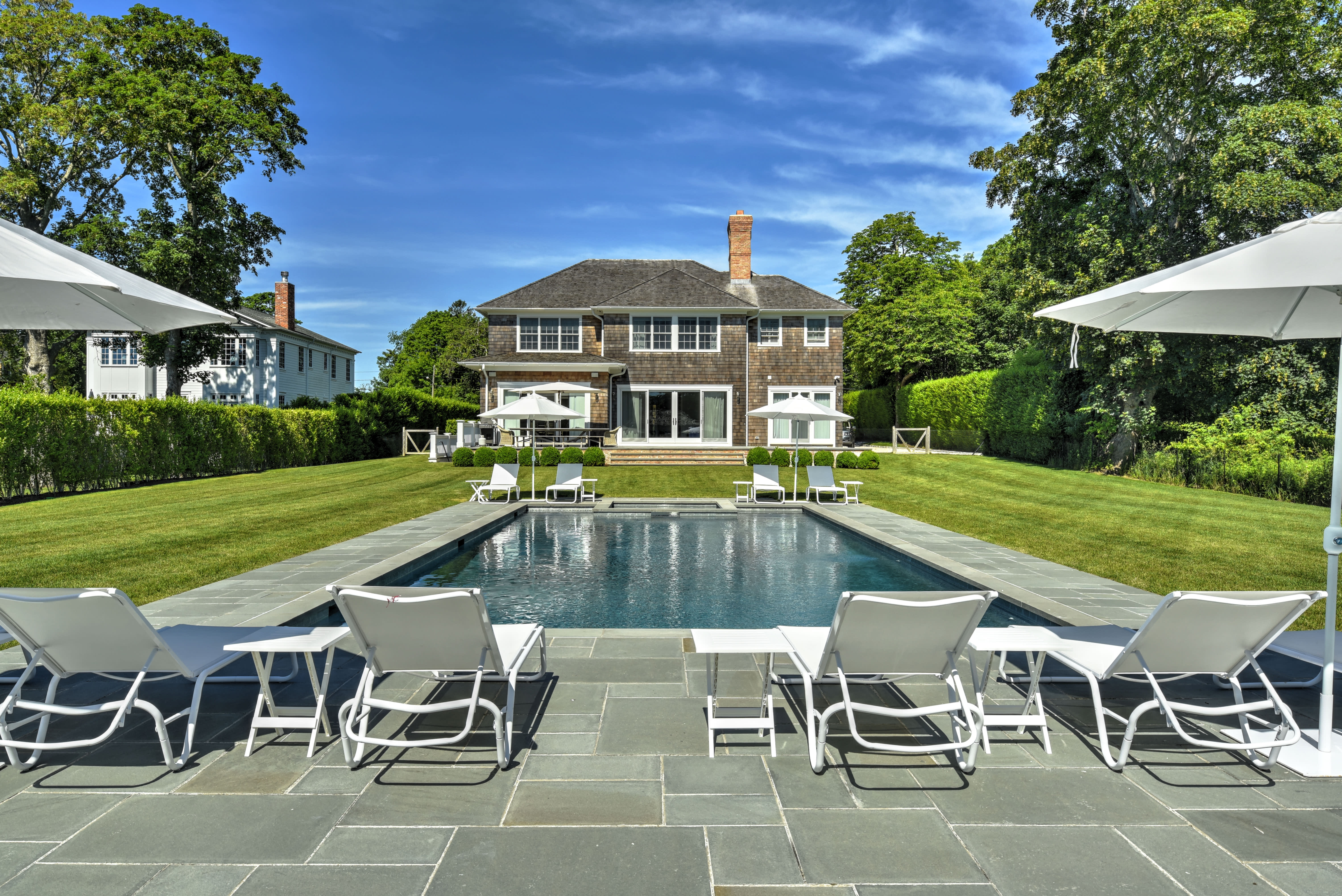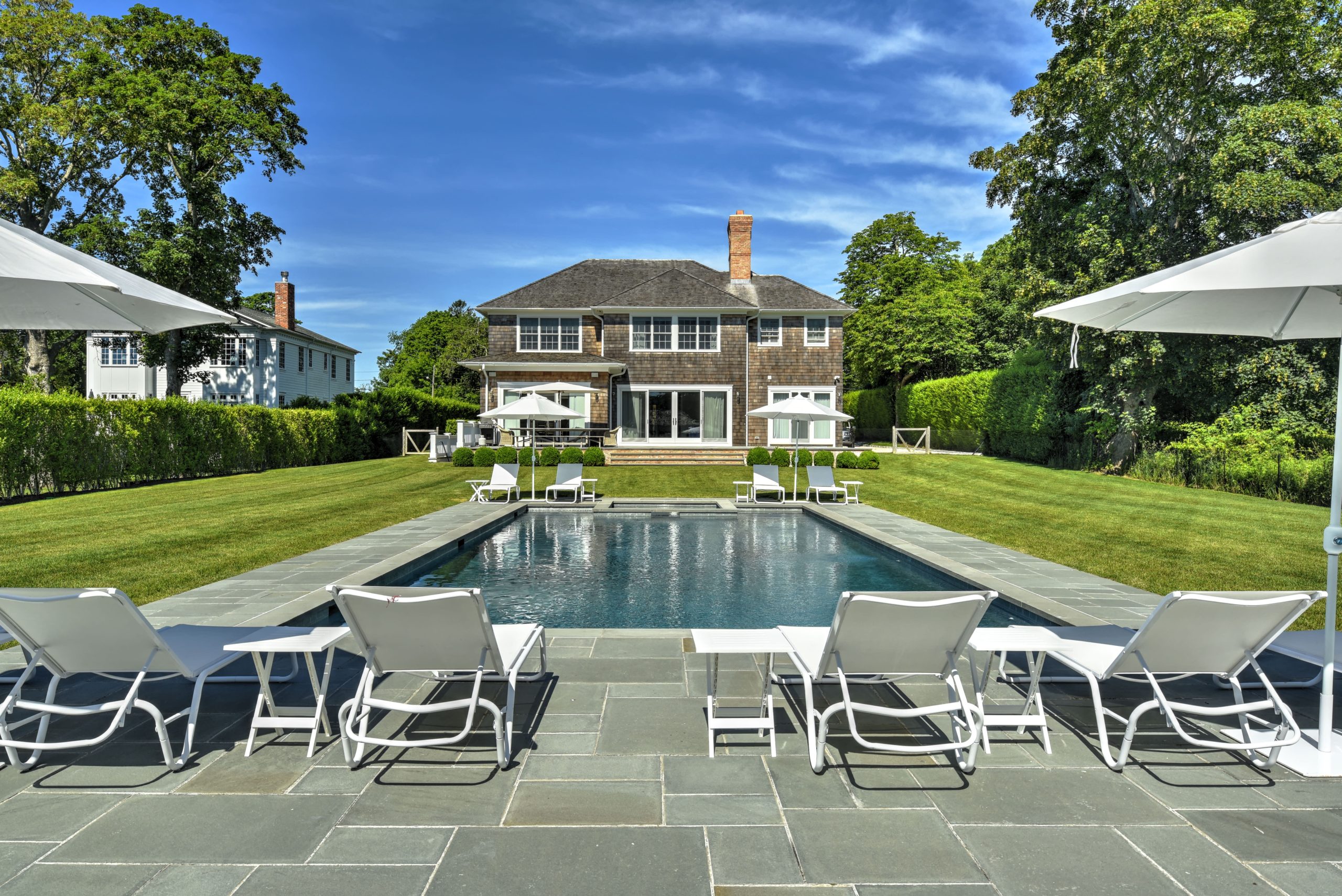
The Hamptons, long synonymous with elite summer retreats for the wealthy, has witnessed a notable evolution in its rental market over recent years. Once a playground for affluent urbanites eager to escape bustling city life, this coastal enclave’s rental dynamics have been anything but static. Shifting economic conditions, changing traveler preferences, and a growing inventory have all played a role in reshaping what was once an almost untouchable high-demand market.
The Bubble Burst: From Pandemic Boom to Market Correction
During the pandemic years, demand for Hamptons rentals soared to unprecedented heights. With cities locked down and remote work offering newfound flexibility, the wealthy flooded the area, driving summer rents up by over 70%. This was not merely a spike; it was a bubble inflating rapidly, with premium beach houses booked well in advance at prices that bordered on the absurd. Scarcity reigned supreme as homeowners capitalized mercilessly on this frenzied demand, pushing rates to levels that seemed impenetrable.
Fast forward to 2022 and beyond, and the bubble began to lose its air. The relentless price escalation hit a limit, causing tenants to hesitate. Inventory swelled as potential renters balked at the unsustainable costs, forcing some homeowners to slash rents by 30% or more just to fill vacancies. This correction was a sign that the Hamptons rental market was recalibrating under the weight of broader economic uncertainty, inflation gnawing at disposable incomes, and a market no longer guaranteed to weather every storm. The glamour still flickers, but the spotlight now reveals cracks along the surface.
Travelers cast their nets wider: The rise of competition and shifting tastes
The Hamptons’ appeal used to be nearly uncontested in the realm of U.S. summer getaways. However, the past few years have witnessed a diversification in tourist preferences that chipped away at that dominance. Vaccines and eased travel restrictions empowered vacationers to explore global destinations, many offering exotic experiences at prices comparable to—or even below—those in the Hamptons. From Mediterranean shores to Caribbean retreats, the appeal of international escapes has diluted the once relentless demand for East End rentals.
This competitive pressure is compounded domestically. Other U.S. vacation spots have upped their game, appealing to travelers looking for similar beachside charm without the premium price tag. These alternatives have globally broadened the horizon for renters, eroding the “must-have” status of the Hamptons. The result? A seasonal market no longer just battling local demand but also contending with a variety of choices that were barely relevant a decade ago.
Market data reflects the cooling passion
Numbers from early 2024 provide a sobering reality check on the Hamptons high-end market. Luxury home sales—especially those over $2 million—have plunged nearly a third compared to the prior year. Rental and property median prices have similarly taken a hit; Westhampton Beach, for example, saw a 26% drop in median rental prices. This downward trend highlights economic pressures at play: extraordinary mortgage costs, the necessity for multi-million dollar incomes to maintain trophy homes, and a shrinking pool of eligible renters or buyers.
Yet within this landscape, seasonality stubbornly persists. July remains the zenith of demand, with daily rental rates maintaining their height due to peak summer weather and the social calendar. But even during this peak, vacancy rates have climbed, suggesting owners and brokers face renewed challenges filling properties—a far cry from the frenzied booking frenzy of the pandemic years.
Adapting to survive: How the market is evolving
Faced with this cooling and unpredictability, market players are forced to innovate. More flexible rental terms and longer stay discounts have emerged as tactics to attract and maintain occupancy. There’s a wider range of offerings now, from ultra-luxury estates to more modest homes, catering to shifting consumer budgets and preferences. Some renters are downsizing trips or postponing vacations altogether as economic worries prompt reevaluation of discretionary spending.
Those managing Hamptons rentals or sales navigate a complex terrain where historical allure must be balanced against present realities. Flexibility and diversified targeting may well be the keys to unlocking steady income streams in an environment that rewards adaptability and punishes rigidity.
Clearly, the Hamptons rental market has moved away from its explosive pandemic-era boom into a phase marked by greater volatility and adjustment. Rising supply, aggressive price corrections, and intensified competition from around the globe have collectively moderated what was once a white-hot market. Yet, its prestige as a premier summer destination remains intact, albeit one now tempered by economic headwinds and the evolving desires of a more discerning vacationer.
In the end, the Hamptons is no longer just a playground for the ultra-rich basking in unchecked demand—it’s a market in flux, a bubble partly deflated but still holding the promise of summer magic, if owners and renters alike learn to play the new game. Boom, no more bubbles, just the real deal.








